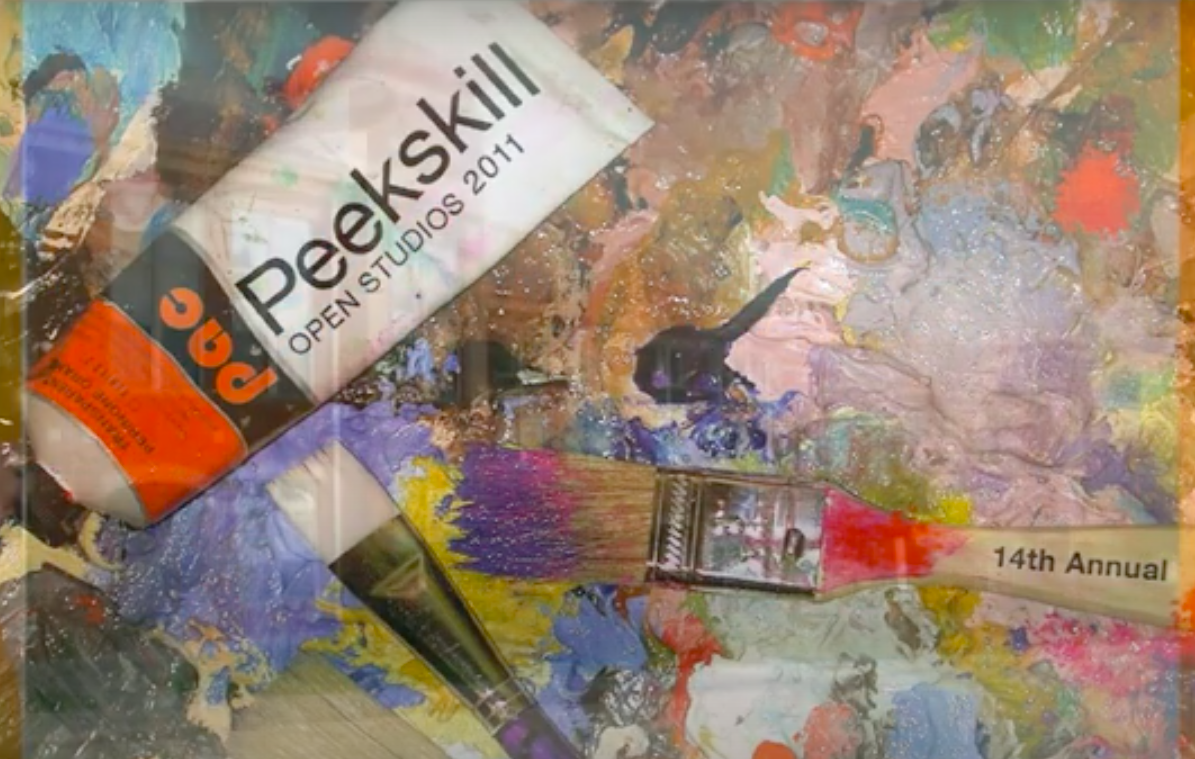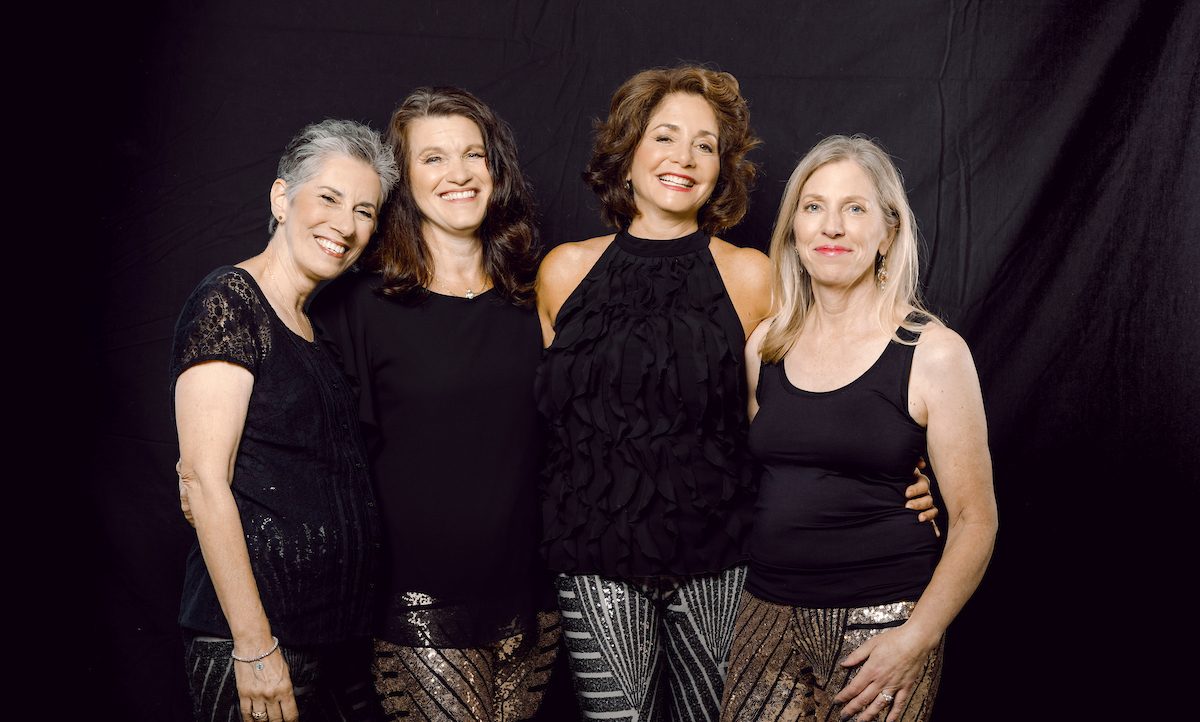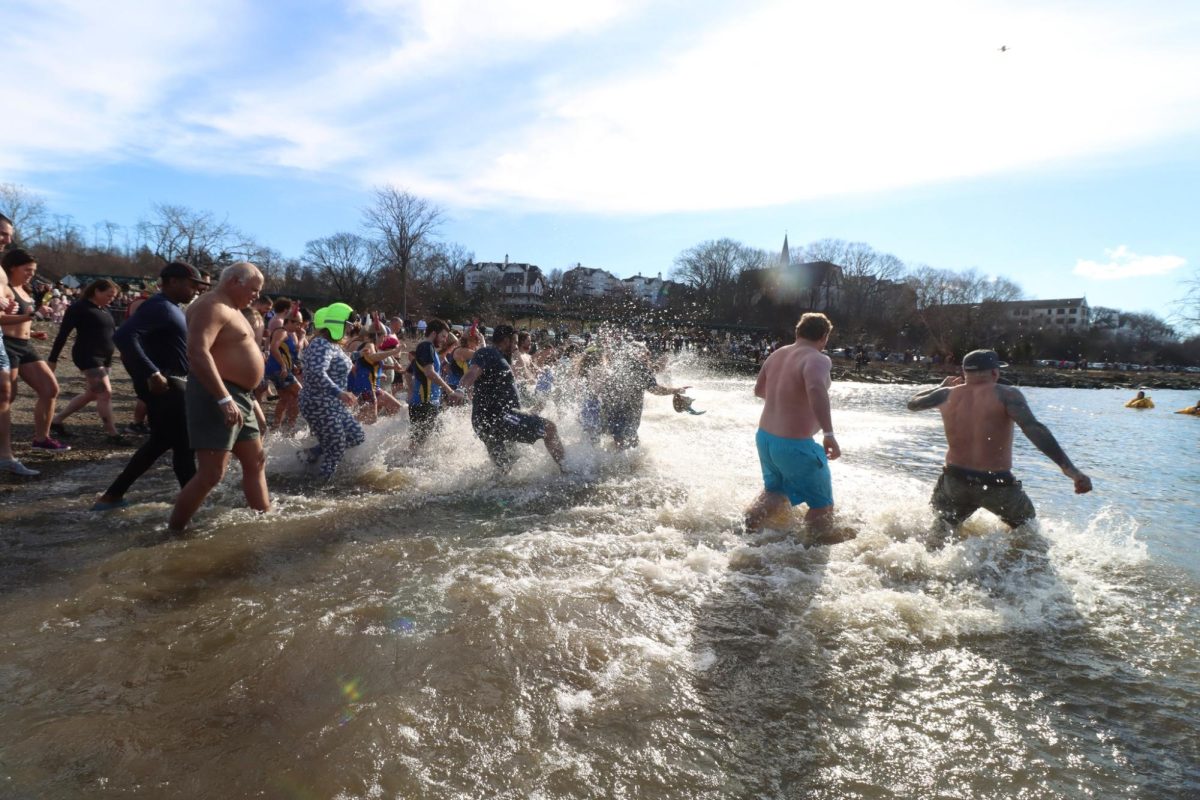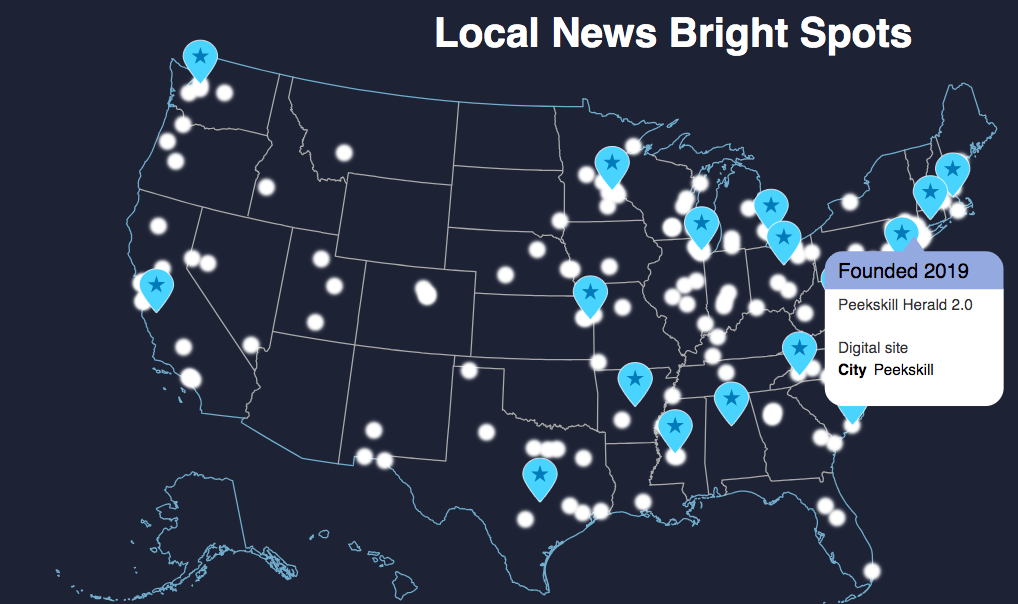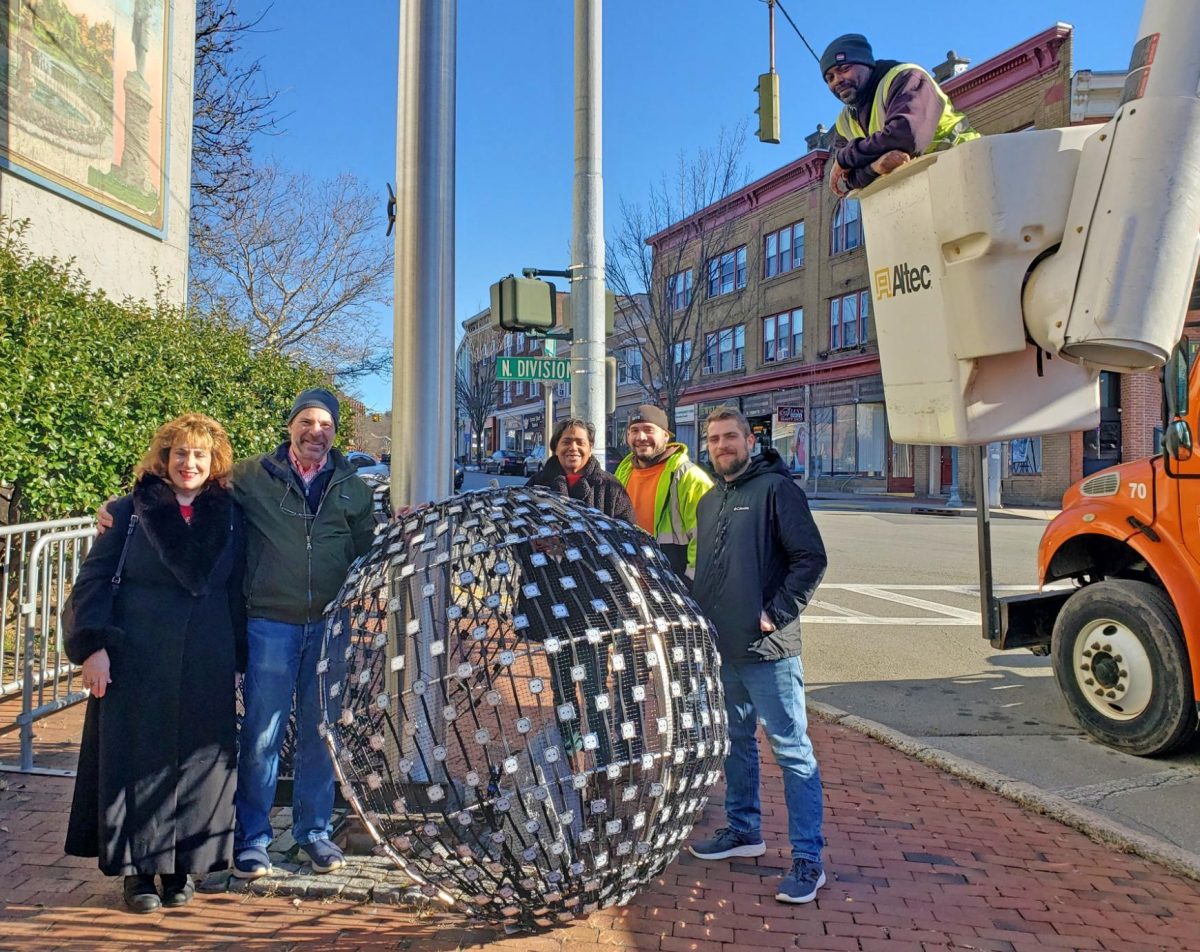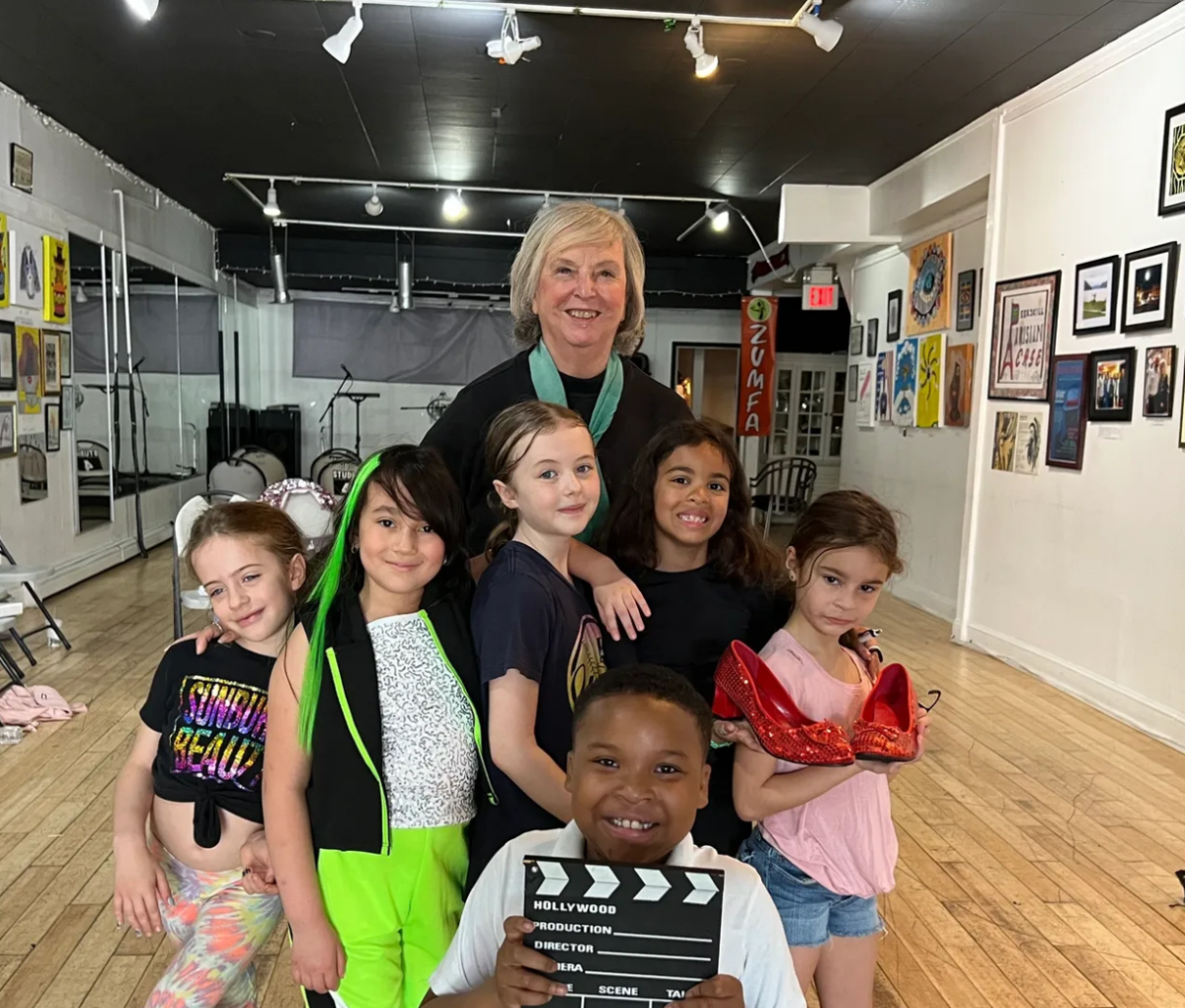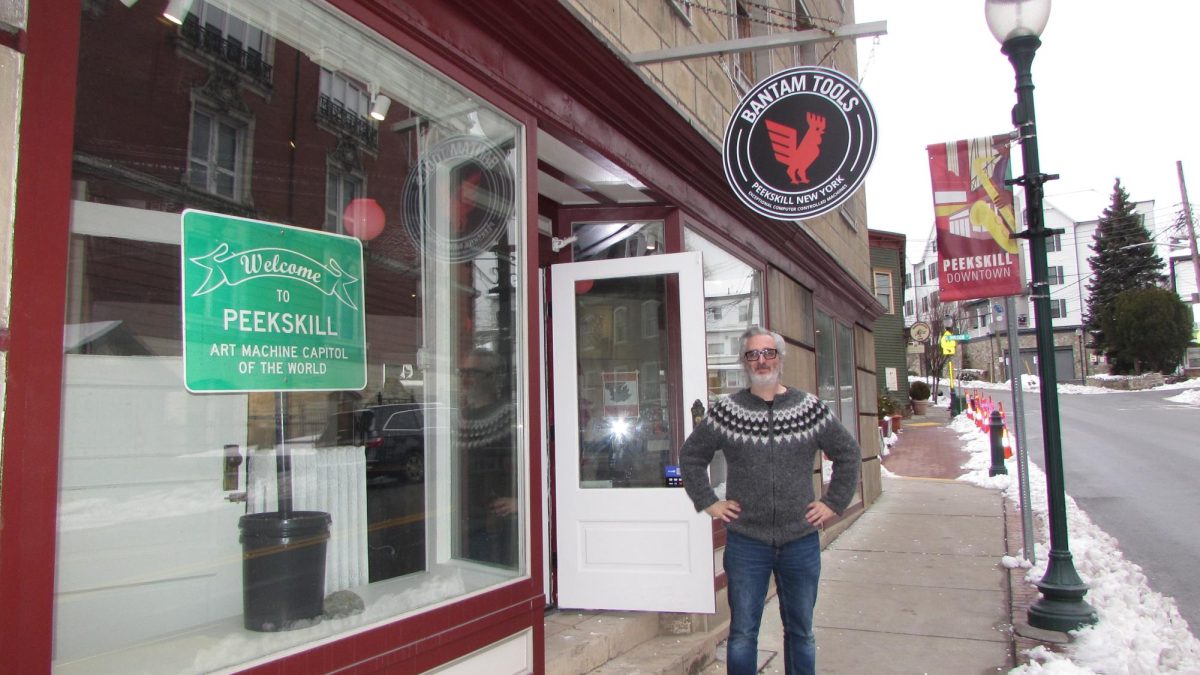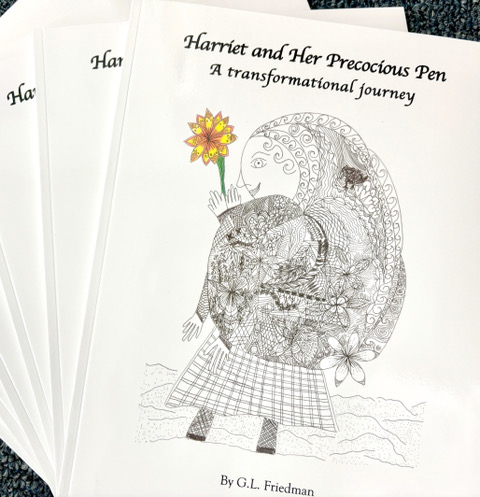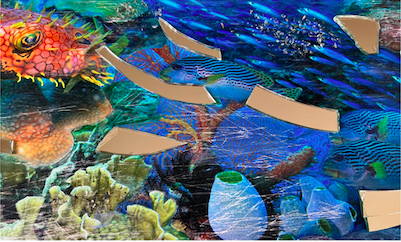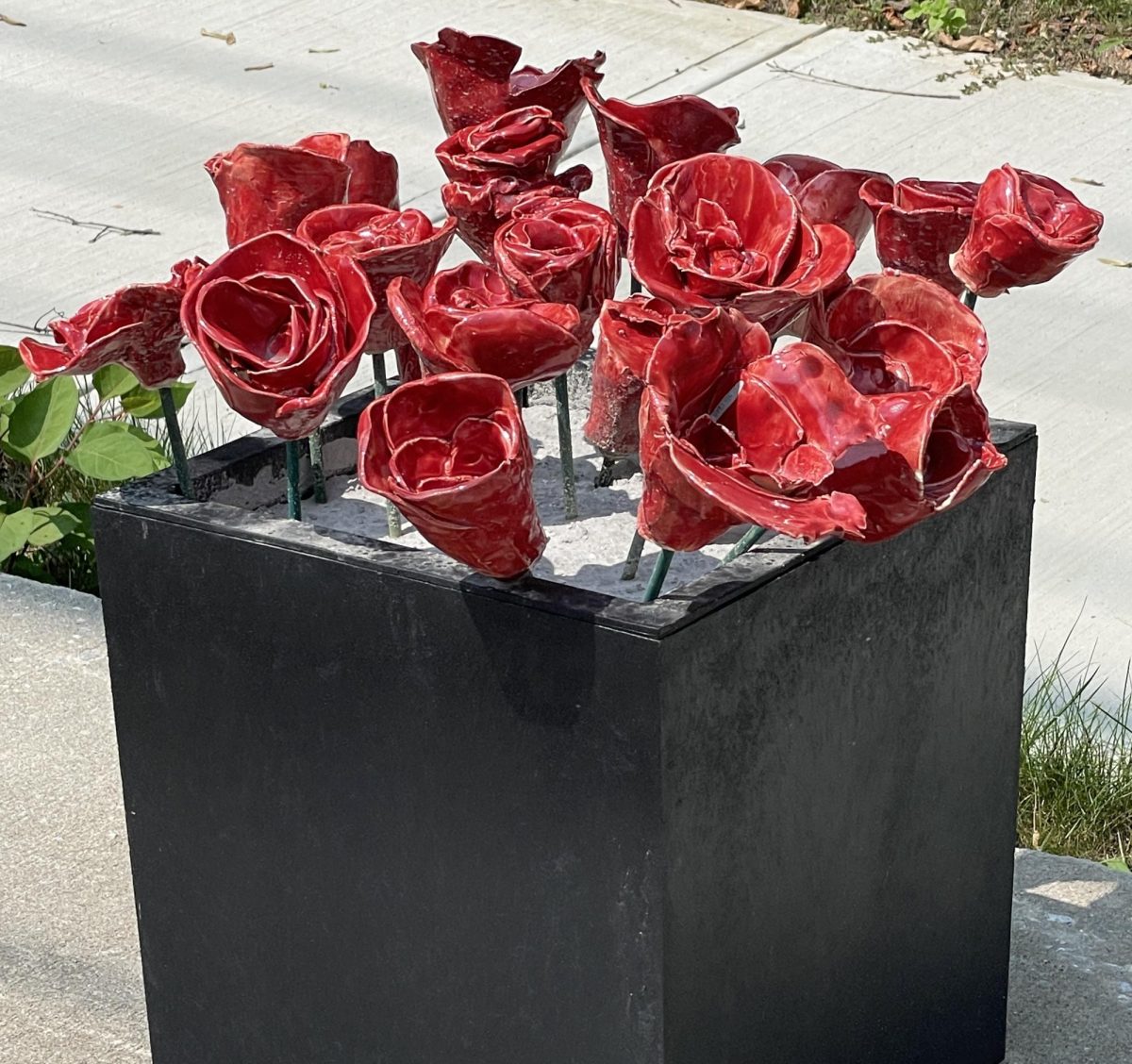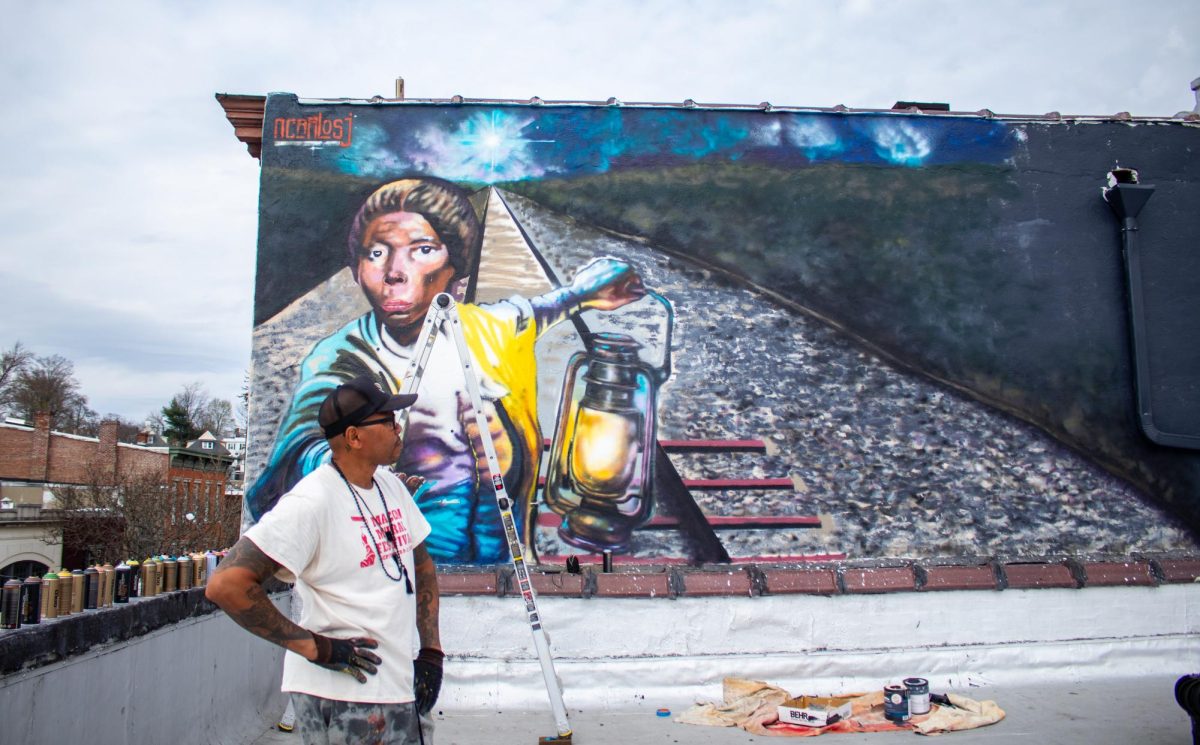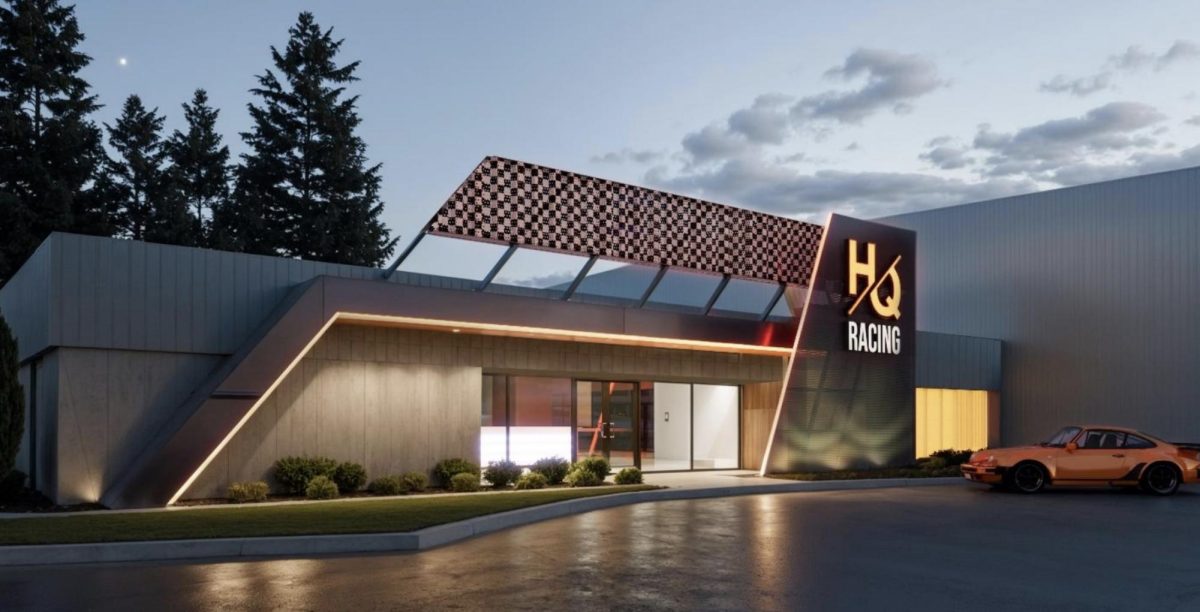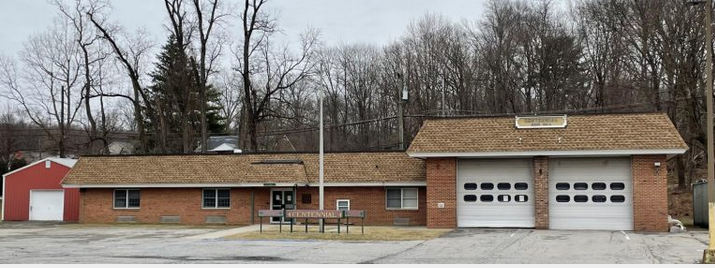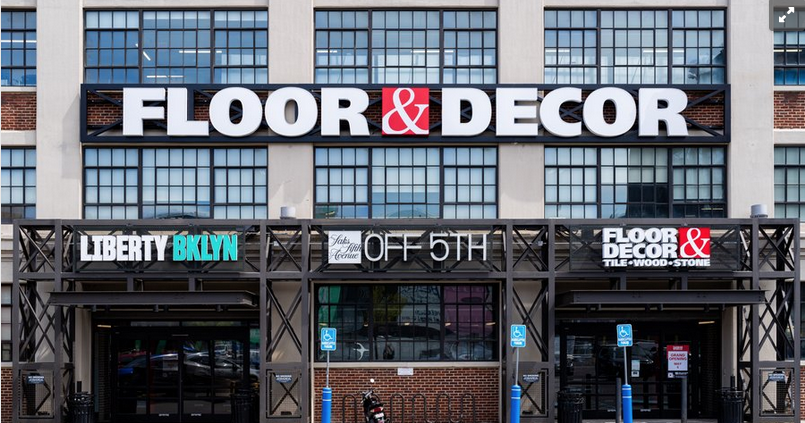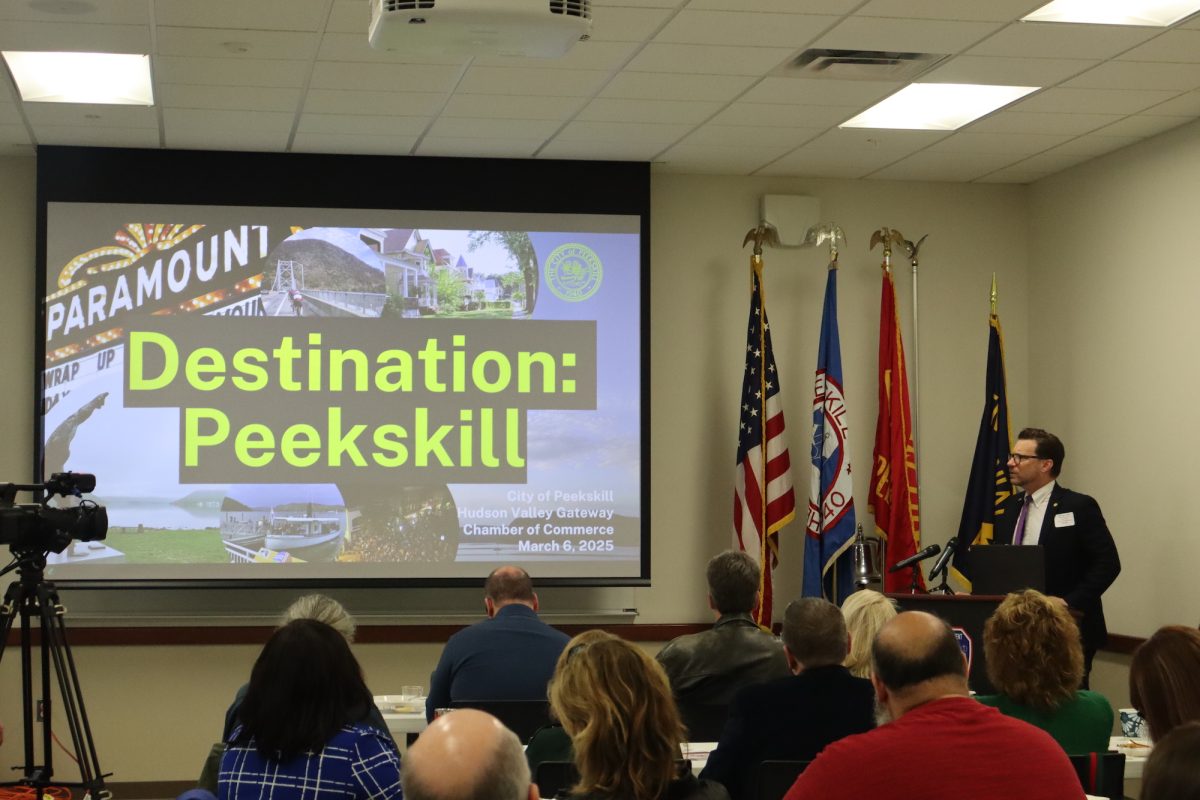The people who had the vision that an artist district could become an economic engine for a small city on the brink were all in the same room last Thursday. The Peekskill Museum highlighted a vital aspect of Peekskill’s history at its annual gala with a panel discussion: “A Retrospective of Peekskill’s Artist District.” The presentation was hosted by the Kinosaito Art Center in Verplanck.
A four-person panel gave a detailed account of the history of the development of the city’s Artist District. Peekskill in the early 1990’s was facing a bleak future after a recession that saw 70 percent of the buildings in the downtown vacant. Facing an urban real estate death spiral, similar to rust belt cities when manufacturing left, there was need for a bold, creative plan to stem the inevitable demise of this Hudson River city.
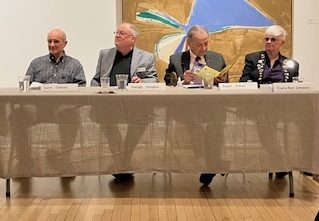
Enter Ralph DiBart, a planning consultant who had success with loft conversions of industrial space in New York City. And bold he was, announcing at a press conference to generate free publicity about the newly formed artist district, that there would be 20 artists living in the downtown within six months. Aside from his professional experience in municipal economic development, it just so happened that Peekskill was his hometown.
Joining DiBart on the panel were Dwight Douglas who is a current city councilman and a former Peekskill planning director along with artist Larry D’Amico and moderator Carla Rae Johnson who was the first artist to move into a loft in the Peekskill district in 1992.
Museum trustee Anita Creem began the program by acknowledging the late Frances Gibbs, who was Peekskill’s first female mayor, and how her passion for the idea of an artist district was instrumental in bringing it into focus.
DiBart said that the large vacant spaces in the upper floors of the buildings weren’t looked at as a negative, but rather as an opportunity to house artists in live work spaces. It was also a chance to reshape Peekskill’s reputation which centered on it being a dangerous place to visit. Creating an artist district had the potential to give Peekskill a unique identity. In order for it to work, DiBart said he impressed upon the mayor and council that this was going to be multi-year project that was going to require a full commitment of the city until the district could reach a critical mass.
The Artist District wouldn’t have happened if the city government hadn’t taken the leadership role it did and enacted zoning and building code changes within three months. At that time, zoning didn’t allow for residential use in downtown commercial buildings. Unlike the SoHo district in New York City, which was created by artists, Peekskill’s government created the artist district from scratch and worked to bring artists to the city. Peekskill’s district was unique in that respect.
A key component of the idea of an artist district came from the understanding that the Paramount Theater was an asset that could become a centerpiece of such a district. DiBart learned from the few business owners who were operating at that time that there were people on the streets in the downtown when the Paramount had performances. It would be natural for restaurants to open to offer people reasons to dine in the downtown when there were shows.
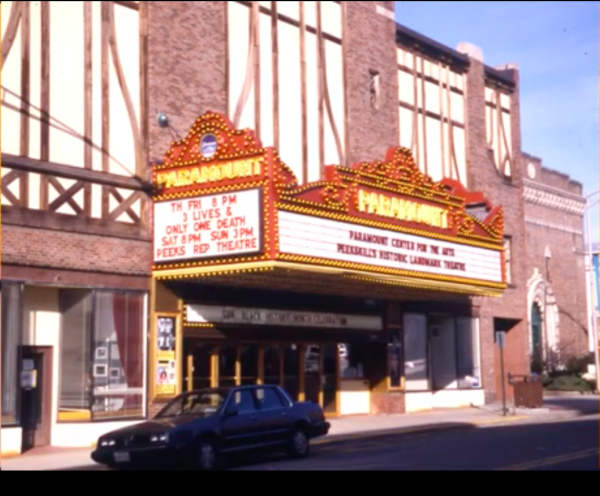
Dwight Douglas shared his perspective as a city planner during this time, noting that Peekskill was the fastest growing small city in New York State during these years but that was due to the increased residential development happening which had nothing to do with the downtown.
Many major tracts of land which were owned by religious institutions on the periphery of the city were sold to developers and places such as Chapel Hill, Villa at the Woods and the Highlands were being occupied by new residents. More than 1,000 new units were built, and the 45 acres of Charles Point were developed. He recalled that 45 properties were handed over to the city and six of the buildings were in the downtown. Two of those downtown buildings were the first restaurants to open, Susan’s where Ruben’s Mexican Cafe is today on North Division Street and Jasmine Marketplace, now the home of Division Street Grill. The city sold the buildings to entrepreneurs who took a gamble and were the first to open restaurants in a still vacant downtown.
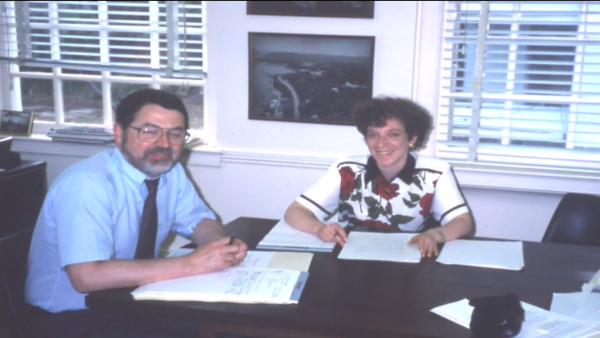
Douglas worked with DiBart on identifying loan programs that were available to many of the landlords who didn’t have tenants but needed to invest in renovating buildings in order for them to become residences for artists. “We would meet with owners and tell them the city was willing to work with them to find artist tenants who would sign leases for five or ten years.” And it was explained to owners that the city’s building department would help them understand the code requirements for the new spaces. Eventually building owners signed on and there were 150 live work spaces created and 50 additional studios. That number was the critical mass that DiBart said was necessary to make it an artist district.
Larry D’Amico and his artist partner, Sone Tower moved into the city owned building at the corner of South Street and Union Avenue, an 1845 Greek Revival Church that was at one time the home of the Field Library. It took about two years to get it into shape he said after he moved in during the winter of 1993. One of the first things he did when he came to Peekskill was join the Business Improvement District and began organizing events for the new community of artists relocating. He and JoAnn Brody founded the Open Studio’s weekend where people could see artists working in their spaces. Festivals were scheduled along with get togethers at local restaurants for artists to meet each other. Creating art is work done in isolation, it is important to have other artists as sounding boards, said the panelists.
“This is a working artist district, unlike other places where there are just galleries and shows,” commented D’Amico. The Peekskill Arts Council, now the Peekskill Arts Alliance was formed. There is public art around the city and there will be more as some of the Downtown Revitalization Projects (DRI) come to fruition in the next few months, said D’Amico.
It took over a decade for the district to take root, and that was through three different city administrations that made it a priority. “It was not an overnight thing,” said DiBart. And once artists were in lofts, it was easier to attract more. Getting some of the larger vacant spaces rented proved to be a challenge. Mayor Gibbs ,and her husband who was the deputy county executive at the time, were supportive of bringing Westchester Community College’s Digital Arts Workshop to the empty location on North Division Street that once housed Woolworth’s. She also was encouraging of DiBart’s efforts to secure a developer to construct the Artist Lofts on Central and South Streets.

D’Amico said in the 30 years he’s lived here, he’s seen how artists come to live in a studio and eventually move out of the district and purchase a house. Before the district, housing values within walking distance of the downtown were 25 to 30 percent less than the rest of the city. That has changed.
According to DiBart the school district realized the benefits of having artists in the city at a time when arts programs were being cut in school budgets. In Peekskill, artists routinely partner with the district on programs. The Hudson Valley Center for Contemporary Arts moved here, now known as the Museum of Contemporary Arts and a sister community in Quito, Ecuador was created when artists there learned that the government in Peekskill created the district. “They wanted their city officials to talk to our mayor about how it was done,” said DiBart. The Lofts on Main, a new construction for artists live work space opened in 2019.
Another aspect of the city’s success was the marketing to artists. By appealing to the desire of artists to be pioneers in a new concept, “Team DiBart” as Douglas referred to it, welcomed all those interested in living and working in the studios. D’Amico referenced artists like JoAnn Brody, Lisa Breznak and Howard Goodman along with Bob Barthelmes as pioneers in creating the community that is vibrant today.
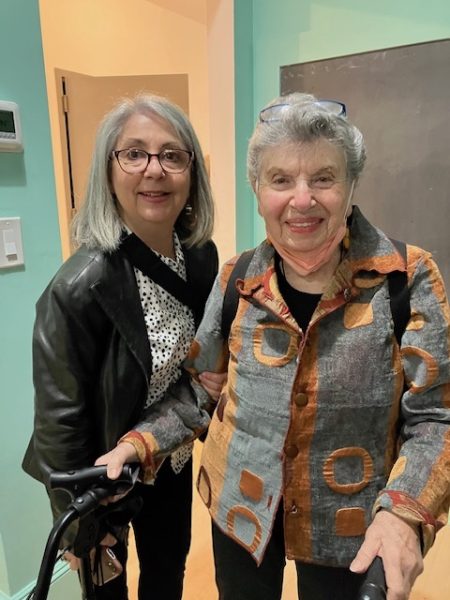
That community was spoken of by moderator Carla Rae Johnson who founded the First Monday’s Salon where artists gathered at the Bean Runner Café once a month for a panel discussion and socializing. The Salon began in 2010 and stopped in March of 2020 when the pandemic cancelled the tenth anniversary celebration. First Monday’s will return in March of 2024 with the panel that was cancelled in March of 2020.
Creem of the Museum said the idea for the presentation came about in discussions around Peekskill’s history. “This is living history. The event was a success socially, educationally and financially,” she added. Kinosaito Art Center in Verplanck is in the former St. Patrick’s Catholic grammar school. The presentation was filmed by Mike Miner of MJM Television Productions and can be watched here.
Marianne Messina has been a doctor of chiropractic, practicing in Peekskill and Cortlandt since the Artist District was created.


